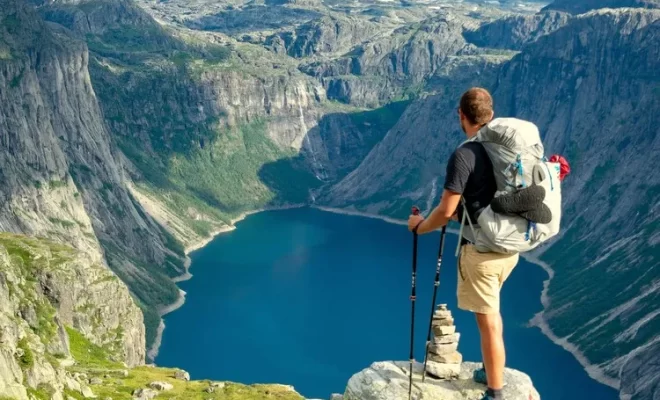How Do You Prepare for a Multi-Day Hike in Remote Nature Areas?

Multi-day hiking adventures in remote wilderness areas can be transformative. The solitude, the challenge, and the beauty of untouched landscapes offer an unmatched experience. But preparation is key—especially when you’re far from help and amenities. This step-by-step guide outlines everything you need to do to get ready for your journey into the wild.
Step 1: Choose Your Route Carefully
Start by selecting a trail that suits your fitness level, experience, and the number of days you plan to hike. Research the terrain, elevation gain, available campsites, water sources, and permit requirements.
- Check recent trail conditions through park websites or local ranger stations.
- Download offline maps and trail guides.
- Make note of potential exit points in case of emergency.
Step 2: Train Your Body
Multi-day hikes are physically demanding, often involving long distances, uneven terrain, and heavy packs. Begin training at least a few weeks in advance.
- Hike regularly with a loaded backpack.
- Include hill climbs, core workouts, and leg strengthening in your routine.
- Build stamina with cardio sessions like cycling or running.
Step 3: Assemble the Right Gear
Your gear can make or break the experience. Focus on essentials that offer durability and functionality without adding unnecessary weight.
Must-Have Items:
- Backpack (50–70 liters for multi-day trips)
- Lightweight tent or bivy
- Sleeping bag rated for expected temperatures
- Sleeping pad
- Cooking stove and fuel
- Food for each day, plus an extra day’s supply
- Water purification method
- Headlamp with extra batteries
- Layers for all weather conditions
- Rain gear and sun protection
Don’t forget a map, compass or GPS, and a small first aid kit tailored to the environment.
Step 4: Master Meal and Hydration Planning
Your body will burn more calories than usual. Plan meals that are high in energy, easy to prepare, and lightweight.
- Pre-packaged dehydrated meals, trail mix, and nut butter are great staples.
- Store food in odor-proof containers to deter wildlife.
- Identify water sources along your route and plan how to refill—carry a filter or iodine tablets.
Step 5: Learn Basic Wilderness Skills
You don’t need to be a survivalist, but you should be confident in:
- Pitching a tent and managing camp safely
- Navigating with a map and compass
- Treating blisters and minor injuries
- Recognizing weather changes and responding accordingly
- Practicing Leave No Trace ethics
Step 6: Pack Smart and Light
Organize gear so that the weight is evenly distributed. Heavy items should be close to your back and centered. Use packing cubes or dry sacks for organization. Don’t overpack—you’ll regret every extra ounce on steep climbs.
Step 7: Share Your Plan
Before departing, give a detailed itinerary to a trusted friend or family member. Include your expected return date and emergency contact info. Consider carrying a personal locator beacon or GPS messenger for added safety.
Step 8: Prepare Mentally
Hiking in remote areas means dealing with solitude, changing conditions, and unpredictable situations. Stay flexible, be ready to adapt, and embrace discomfort—it’s part of the experience.
If you’re easing into the world of multi-day trekking, try blending rugged adventure with comfort. For example, Au Diable Vert Glamping offers elevated lodging options in natural settings, allowing you to experience wilderness immersion without sacrificing a good night’s sleep.
Conclusion
Preparing for a multi-day hike in remote areas takes more than stuffing a backpack—it’s about building the knowledge, strength, and mindset to thrive off-grid. With careful planning, you’ll gain not only unforgettable memories but also a profound sense of accomplishment and connection to the wild.








